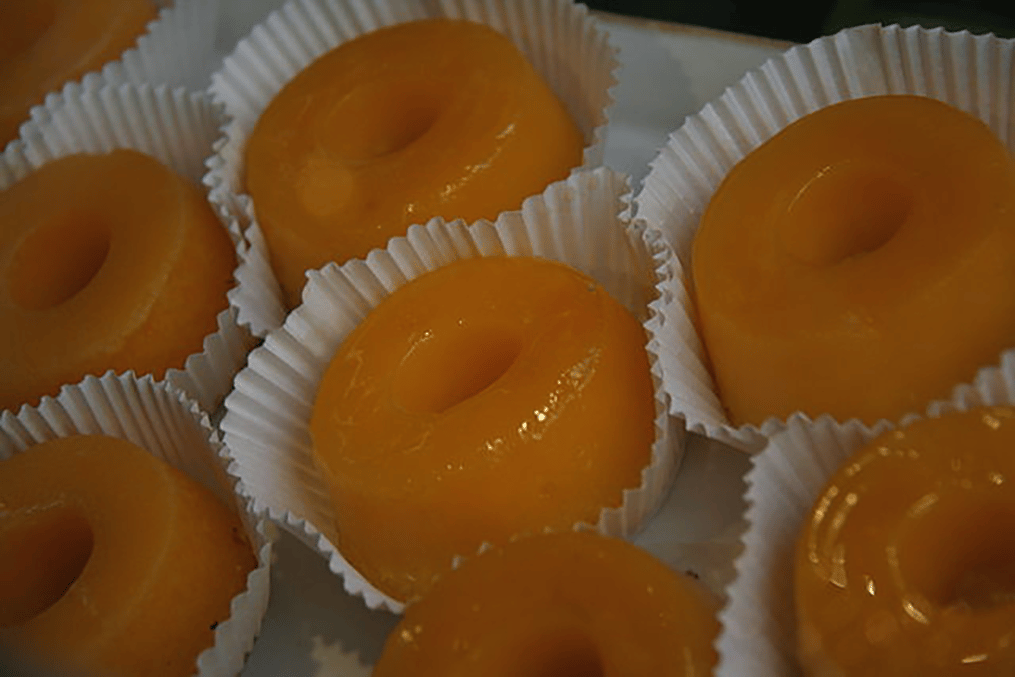- Home
- Articles
- Creamy And Quivery Custards From Latin American Shores Rich In Caramel To Flavored With Vanilla: Homemade Sweets Recipes
Custards have a rustic feel, given their taste and often deceptively simple preparation methods that results in some of the most comforting flavored desserts ever

Custards come in various forms from the liquid kind to the more gelatinous, easy-to-sink-in-your-spoon into delightful ones. We bring to you some of the best custards from the South American shores and lands that range from being rich in caramel to vanilla. Some of them are simple and made like you would make your regular custard while the rest go all the way out using different forms of milk, and flavors and are cooked plus baked for them to set into their luscious and creamy form. Here are some of the homemade sweets recipes for custards from Latin America.
1. Crema volteada

Translation to upside down cream, this custard is a speciality of Peru and similar to the Spanish Flan and the French crème caramel. This custard uses condensed and evaporated milk with hints of vanilla in the creamy custard. Like flan, it's made similarly and the crema volteada is served with a bath of caramel sauce. It's best eaten cold to get the best of its subtle flavours.
2. Baba-de-moça
This one's from Brazil, which is a custard cream meaning Maiden’s kiss. It's made with eggs, sugar and coconut and is mostly popular as a filling that goes into a wide number of local cakes and pastries. Its flavor compliments sponge cakes extremely well. Before disappearing as a filling, it used to be extremely popular among the nobility of the Second Empire of Brazil (1840-1889).
3. Flan de coco

A coconut Flan that is popular in many Latin American countries, namely Colombia, Cuba and Costa Rica. It’s made with eggs, condensed milk, cream or whole milk with flavors ranging from vanilla, coconut, chocolate, or pumpkin. It is baked in ramekins and the custard is poured onto them after spooning a bit of caramel sauce first. It's invented into a plate for the sauce to cascade down the sides of the custard. Sometimes coconut flakes are used as a garnish for this custard.
4. Quindim

Another coconut custard, Quindim is from Brazil, that is simpler than the Flan de coco, made with sugar, egg yolks, and ground coconut. While not confirmed, word of mouth is that the slaves who were in the country around the 1600s might have prepared this custard. It’s indicative in the name, as Wuindim in one of the African Bantu languages, is a translation of the phrase “the gestures of adolescent girls”. However, the use of a generous amount of egg yolks, otherwise suggests Portuguese influences.
5. Flan mixto
This custard is Argentina’s version of the Spanish flan that is usually eaten with whipped cream and dulce de leche, the famed Argentinian caramel sauce. It is a gelatinous-like flan that is light in flavor as well as the texture and is made using eggs, milk, sugar and a whole vanilla pod. You will find this across restaurants in Argentina and is also made in most homes.
6. Leche poleada
A delicious vanilla custard from El Salvador, which is sold in packets ranging from small to bigger sizes in marketplaces; it is often found being sold in dried corn husks too. It's made with milk, egg yolks, sugar, cornstarch, vanilla and cinnamon. It's cooked until it thickens and eaten hot with a sprinkling of cinnamon powder; otherwise, it sets when it cools down. You will find these being mostly during the Christmas festivities in the country.
7. Atolillo
Made with milk, egg yolks, sugar, butter and cornstarch, this custard is from Central America’s Nicaragua. It is usually flavored with cinnamon and vanilla which is perhaps one of the most watery versions of custards out there. It can be sipped and also be eaten with a spoon. It is served in dessert glasses and eaten as is or is used as a topping for cakes. In Nicaragua, Atolillo is often thickened with rice and in Guatemalan Atolillo might be made with corn.
8. Natilla al ron
Natilla al ron or rum custard is a specialty of Cuba made with flour, sugar, eggs, cream, whipped cream, and a little local dark rum. This custard is cooked with the rum going last in the ingredient order so it can infuse the custard and not evaporate. Once cooked, the pan is cooled over ice and then put in the fridge to chill. After that whipped cream is added to the custard and the liquidy concoction is poured into serving bowls or glasses and eaten.
More Like This
Popular Articles




Trending Web Stories
Curated Recipes

















